All about fruiting cherries
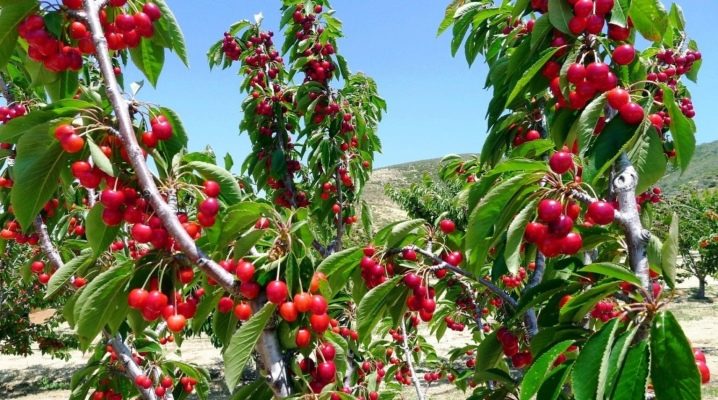
Cherry belongs to the Rosaceae family and grows in Russia. Cultivated varieties produce tasty, aromatic sweet and sour fruits with a small bone, containing minerals and trace elements. The average life span of a plant is 15-20 years, depending on the climate of the area, soil characteristics, susceptibility to diseases and pests. With proper care and the application of preventive measures, the period increases.

When does a cherry start to bear fruit?
A tree bought in a nursery is planted in an open area, preferably on the south side. For spring planting, it is better to replace the selected land with loose, fertile soil. The larger the tree, the wider and deeper the planting pit. The soil is loosened carefully to avoid damage to the roots and to retain moisture.
For the normal development of fruit crops, the garden must be looked after. While the cherries are young, peas and beans are planted under them, which enrich the soil with nitrogen, they are periodically replaced with other legumes. Sowing of late crops is not recommended. In autumn, the soil under the trees can be carefully dug up.
First, the soil is limed, then organic matter is added: manure or compost.
If the crown is developing normally and the cherry is growing, feeding is not needed, otherwise more needed additives will be needed.
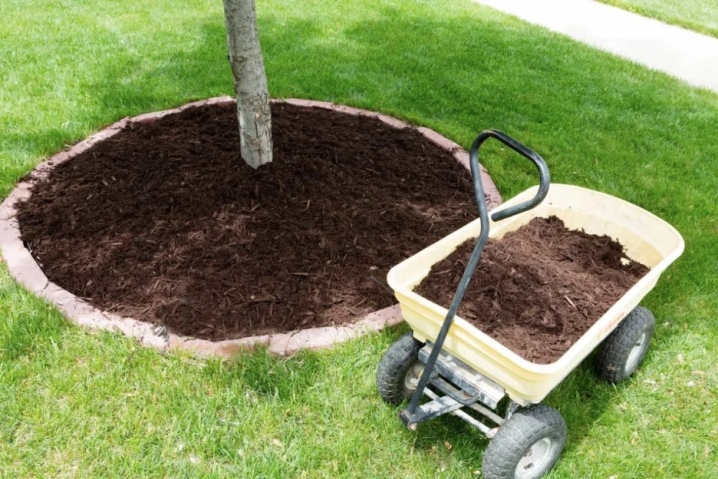
While the cherry blossoms and the fruits ripen, it needs to be watered regularly, focusing on the weather. It can take 3-4 years from the moment of planting the tree to the first fruits.
The tree bears fruit in full force at the age of six years and in subsequent years. Subject to agricultural technology, the fruiting period can be slightly extended. In general, it is believed that with good care, cherries can yield about 17 times the harvest.
Fruits do not ripen at the same time; by the beginning of July, fragrant berries appear on early varieties. Mid-early bloom a little later and ripen by the end of the month. The last cherries ripen by the beginning of August. Having planted 3 types of trees, they collect juicy, sweet berries, make delicious jam, compote, jam almost all summer.
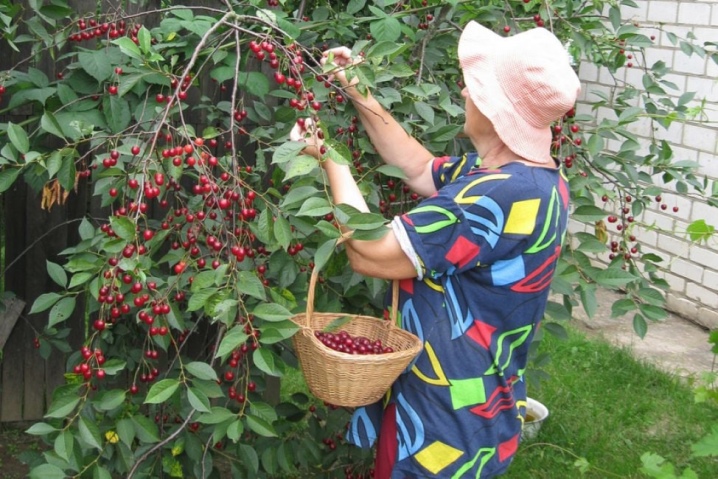
What affects the timing of fruiting?
Many factors affect the ripening time of the fruit and the yield of the tree:
- grade;
- correct planting, cherries require a lot of sunlight;
- needs pollination, for which a second tree of a different species is planted next to it;
- to neutralize the soil, reduce its acidity, lime is periodically introduced into the soil;
- cherries love the friendly neighborhood of crops such as calendula, peas, beans, turnips, which have a beneficial effect on it.

How to make a tree bear fruit?
To do this, you need to improve its care, watering and feeding. In the spring-summer season, cherries must be watered 3 times:
- at the end of May, when shoots are actively growing;
- 2 weeks before harvest;
- immediately after harvesting the fruit.
If the summer is dry, the amount of watering should be increased, focusing on the condition of the soil.
Watering should be abundant, the soil around the tree can be loosened and mulched to retain moisture.
The key to a good cherry harvest is top dressing, they begin to be used after 3 years. In the spring, the trees are fed with nitrogen, and in the fall, the soil is enriched with 1 kg of compost.
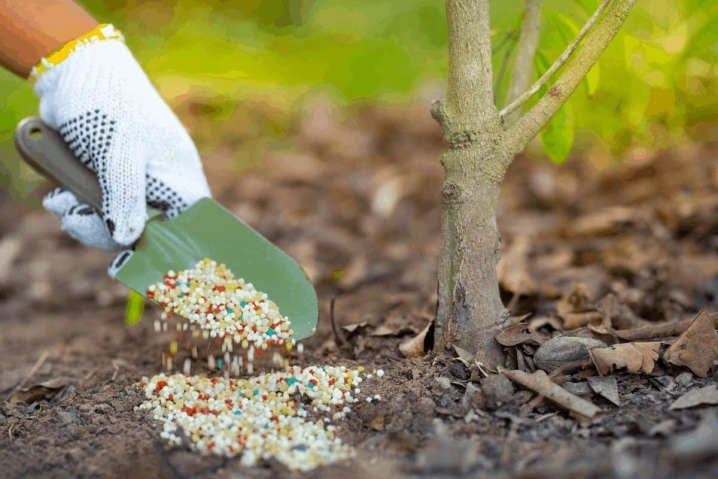
Sometimes cherries do not have enough pollination to form fruit. If this continues for several years, you need to plant an additional tree that blooms at the same time as growing in the garden, sweet cherries are suitable for non-hybrid varieties. For a full-fledged process, they do not need to be located nearby. Pollination occurs at a distance of up to 30 meters. You can attract bees to the garden by placing sweet baits near the cherries.
Diseases are the reason for the lack of harvest, one of them is monilial burn, or moniliosis. Measures for the treatment of plants are carried out in 2 stages: the affected leaves are burned, then the trees are sprayed with the fungicides "Horus" or "Topsin-M" to destroy the parasitic fungi. It is necessary to use drugs with caution: they are phytotoxic. It is necessary to monitor the condition of the bark, to eliminate foci of lesions and pests in time, to prevent diseases.
If during the flowering of cherries there are recurrent frosts, prolonged, heavy rains and droughts, the fruit will suffer. In Russia, it is customary to protect flowering trees from the cold with smoky fires around the site so that the air warms up and the flowers do not fall off.
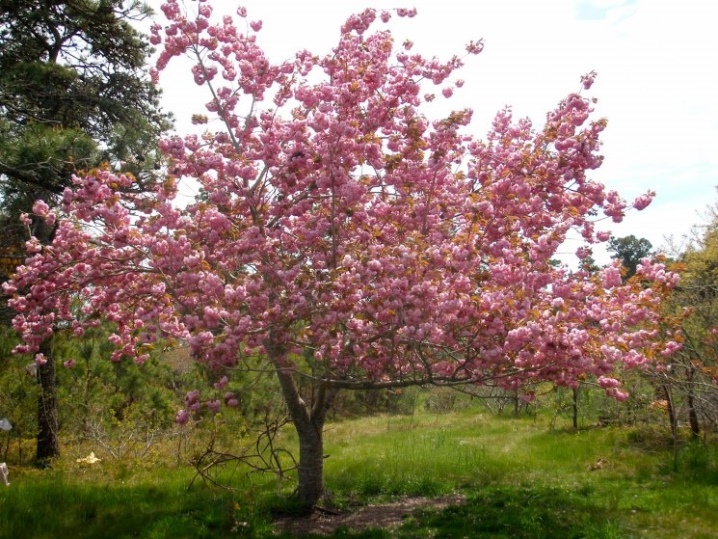
At high humidity, the soil under the trees is loosened, and the plants themselves are sprayed with a solution of boric acid. In a drought in the evening, watered abundantly.
The lack of fruit on cherries due to a too dense crown is rare, but together with the factors listed above, it may well be the reason for this. So that the berries do not grow small, in early spring, in March, it is imperative to carry out sanitary pruning of shoots more than 50 cm long. If the crown is cut regularly, the foliage will be healthier, the fruits are larger and tastier.
By eliminating these reasons, you can make the cherries produce berries on a regular basis. From what has been said, it is clear that harvesting in your garden will take time and effort. But by providing the fruit trees with proper care, you can speed up the ripening time and get a good harvest, grown with your own hands.
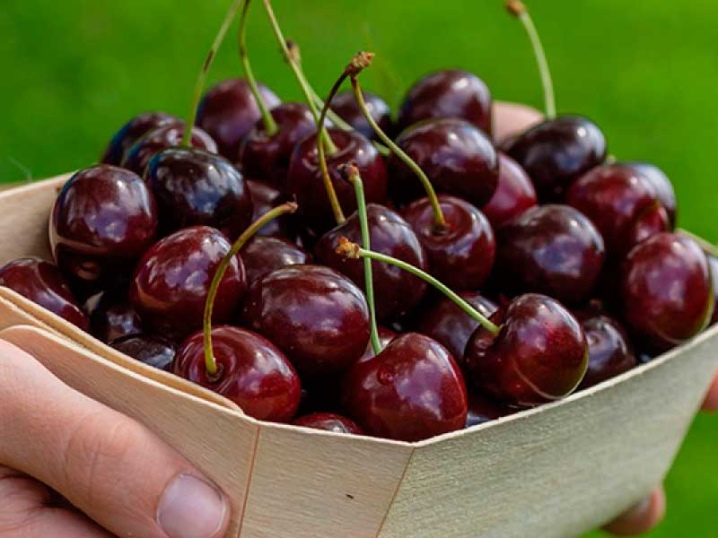









The comment was sent successfully.